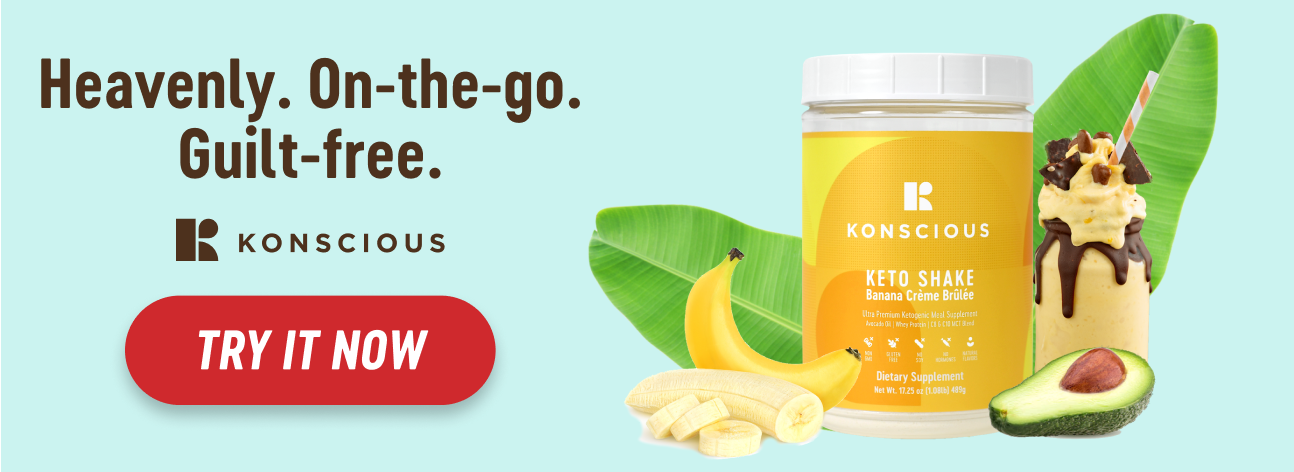15 Foods to Add to Your Diet to Fight Hypertension
15 Foods to Add
to Your Diet to
Fight Hypertension

High blood pressure can cause disability, poor quality of life, or even a deadly heart attack or stroke. However, changing your lifestyle and treating high blood pressure can help reduce the risk of complications that can otherwise prove life-threatening. Furthermore, having high blood pressure increases your risk of developing heart, kidney, and other diseases.
Patients may not be able to cure high blood pressure, but they can take steps that matter, such as making dietary and lifestyle changes, or taking prescription medications to lower their numbers.
High blood pressure puts an extra strain on vital organs such as the brain, the heart, and the kidneys, resulting in tiredness. However, medication often contributes more to fatigue than the underlying condition itself.
Fortunately, a nutrient-dense, revitalizing diet can help you stay energized on a daily basis when you are taking medications to lower blood pressure.
Foods to prevent hypertension and lower blood pressure
Consider adding some of the following foods to your weekly meal plan to prevent hypertension and lower blood pressure:
#1. Berries
Flavonoids are natural compounds found in berries, especially blueberries. Consumption of these compounds may reduce blood pressure and prevent hypertension.
Adding blueberries, raspberries, and strawberries to your diet is easy. Pair berries with live cultured yogurt, another low-blood-pressure food.

You can also blend a bunch of berries into a creamy smoothie for a tasty and sweet serving of phytonutrients and protein.
Plus, researchers continue to find that blueberries improve vascular and arterial function––revealing recently that 200g of blueberries every day for a month enhances blood vessel function and lowers systolic blood pressure.
#2. Citrus Fruits
Lemons, grapefruit, oranges, and other citrus fruits may lower blood pressure. Plus, you can reduce heart disease risk factors like high blood pressure by eating these foods because they are filled with vitamins, minerals, and plant compounds.

Moreover, these potent plant chemicals act as antioxidants in the body, protecting against free radical damage.
#3. Beets
Your digestive system converts the nitrates in beets into nitric oxide in your body. The compound expands and relaxes blood vessels, thereby lowering blood pressure.

Plus, researchers reported that people who drank 250 milliliters of beet juice daily had lower systolic and diastolic blood pressure levels.
#4. Dark Chocolate
Dark chocolate is a tasty way to add cacao to your diet, which is beneficial for lowering high blood pressure, and nitric oxide is produced by flavonoids in dark chocolate––helping to lower blood pressure and relax blood vessels.

Plus, a recent Harvard study of people with hypertension who ate a small square of dark chocolate daily noted that participants mostly experienced a decrease in blood pressure.
#5. Kiwis
A daily serving of kiwi can help manage mildly high blood pressure, a 2015 study suggests. People who ate three kiwis per day for 8 weeks saw a more significant reduction in systolic and diastolic blood pressure than those who ate one apple per day for the same period.

Furthermore, kiwis are rich in lutein, a powerful antioxidant, which might explain their blood pressure-lowering properties.
#6. Watermelon
Among its many nutrients, watermelon contains an amino acid called citrulline. The body converts citrulline to arginine, which assists in the production of nitric oxide, which relaxes blood vessels and increases artery flexibility.

As a result, blood flow is enhanced, which lowers blood pressure. Plus, the lycopene in this refreshing, water-rich fruit can promote heart health by lowering blood pressure and cholesterol.
#7. Oily Fish
Oily fish, such as mackerel, salmon, sardines, or mussels, may help protect our hearts and brains from disease. Their omega-3 content has been shown to help lower blood pressure, while providing the body with an extremely beneficial type of polyunsaturated fat.

#8. Leafy Greens
Research suggests that eating at least one cup of green leafy vegetables per day may reduce blood pressure and cardiovascular disease risk.

Consider including these leafy greens in your diet to balance blood pressure:
- cabbage
- collard greens
- kale
- mustard greens
- spinach
- Swiss chard
#9. Garlic
Eating fresh, raw garlic is one of the herbal remedies for controlling high blood pressure. Activating alliinase through chewing raw garlic will release maximum amounts of allicin. Consume as soon as possible for maximum health benefits.
Hypertensive patients have shown positive results with garlic supplements in lowering blood pressure, similar to first-line standard anti-hypertensive medications.

Additionally, kyolic garlic appears to reduce arterial stiffness, cholesterol levels and blood stickiness, which are all symptoms of cardiovascular disease. Furthermore, garlic is rich in prebiotics, increasing gut microbial diversity and richness.
'Kyolic' is a garlic extract known for lowering serum cholesterol levels in humans and experimental animals and thus preventing atherosclerosis.
#10. Fermented Foods
Fermented foods can lower your risk of high blood pressure. Miso and Natto are two excellent choices. A fermented dairy product with multiple strains of beneficial bacteria and yeast is also beneficial. They prevent the production of a blood pressure-raising enzyme, keeping levels balanced.

Eating food that contains probiotics—consumable live bacteria—has been linked to healthier blood pressure. Yogurt appears to be the clearest example of a probiotic aiding in establishing healthy levels.
However, all fermented foods balance the gut microbiome, facilitate weight loss, and consequently help to lower and sustain optimal blood pressure.
#11. Lentils
The potassium content of 100 grams of split red lentils is higher than the potassium content of a banana.
Peas, lentils, garbanzo beans, or beans can help lower your blood pressure. Beans and legumes are rich in fiber and can help prevent coronary heart disease.

Black eyed peas, urad dal, moong dal, masoor dal, and toor dal are rich sources of molybdenum and iron. This makes them a highly effective way to oxygenate the blood and release cellular energy.
#12. Yogurt (Sugar-free)
It is not known whether yogurt alone can lower blood pressure or prevent hypertension. However, eating nutrient-rich foods such as low-fat yogurt rather than less healthy foods does reduce blood pressure.
Greek yogurt, for instance, contains potassium and calcium, minerals that help regulate blood pressure.

#13. Pomegranates
Pomegranates are thought to lower blood pressure by reducing the angiotensin-converting enzyme (ACE). The ACE protein controls blood pressure by controlling the size of blood vessels in the body.

Recent clinical trials have shown that drinking two ounces of pomegranate juice daily reduces blood pressure, improves cholesterol, and controls plaque buildup in the arteries. In turn, this will reduce the incidence of heart disease and other cardiovascular diseases.
#14. Cinnamon
Cinnamon was found to be effective in reducing systolic and diastolic blood pressure in patients with uncontrolled hypertension as its anti-inflammatory properties help blood flow through the body and put less strain on the heart. Further, Ceylon cinnamon is an amazing dietary tool to add to you weekly meal plan to improve blood pressure.

#15. Nuts
Hold the salt for tree nuts! Our goal is, of course, to lower blood pressure here. However, unsalted varieties like walnuts and almonds can be a rich source of healthy fats that help your heart.

Pistachios, however, are your number one choice if you have high blood pressure. Both top and bottom blood pressure readings seem to be lowered by them.
Additionally, nuts are a significant source of L-arginine. Several studies indicate that L-arginine reduces blood pressure, improves cholesterol, and improves blood vessel health.
Summary
Managing a healthy balance between work and life, mastering your reactions to daily stresses, and navigating the many variables faced in today’s ‘new normal’ give us a lengthy list of tasks and meaningful matters to address just to handle the everyday demands of modern living.
A meal plan that helps you burn excess calories while also balancing your mind and body positively impacts your mood, energy levels, blood glucose, cholesterol, and blood pressure.
As you incorporate more of the foods we've shared above into your daily diet, you'll quickly notice significant improvements in your readings as well as the way you look and feel.
Resources
- Effects of minerals, antioxidants, and micronutrients on blood pressure. (2012). Nutrition, Lifestyle Factors, and Blood Pressure, 41–72. https://doi.org/10.1201/b12280-7
- Chen, L., & Xie, T. (2022). Effect of citrus aurantium on pain intensity and blood pressure in gastrectomy. Indian Journal of Pharmaceutical Sciences, 84(S2). https://doi.org/10.36468/pharmaceutical-sciences.spl.471
- Ried, K. (2012). Dark chocolate and (pre-)hypertension. Chocolate in Health and Nutrition, 313–325. https://doi.org/10.1007/978-1-61779-803-0_23
- Taubert, D. (2003). Chocolate and blood pressure in elderly individuals with isolated systolic hypertension. JAMA: The Journal of the American Medical Association, 290(8), 1029–1030. https://doi.org/10.1001/jama.290.8.1029
- Ried, K., Travica, N., & Sali, A. (2018). The effect of kyolic aged garlic extract on gut microbiota, inflammation, and cardiovascular markers in hypertensives: The garlic trial. Frontiers in Nutrition, 5. https://doi.org/10.3389/fnut.2018.00122










